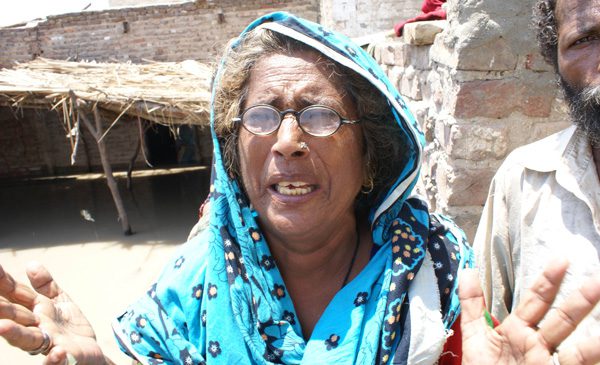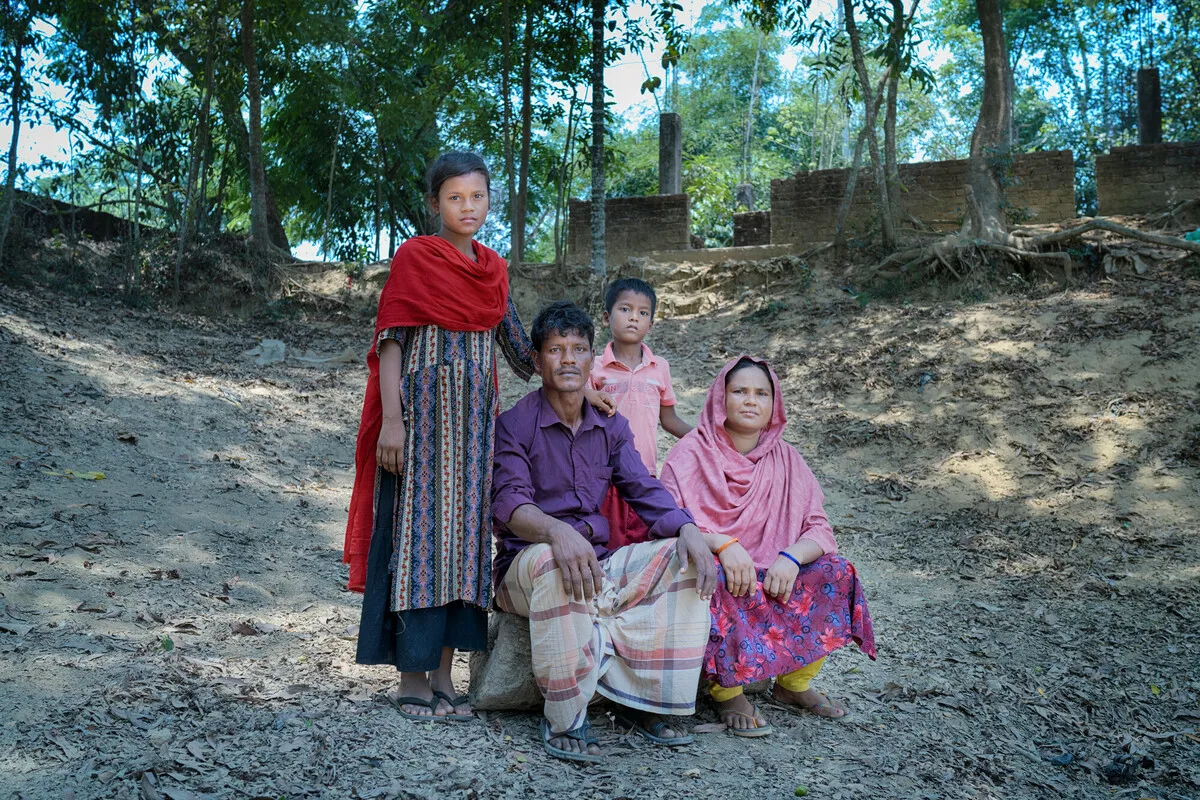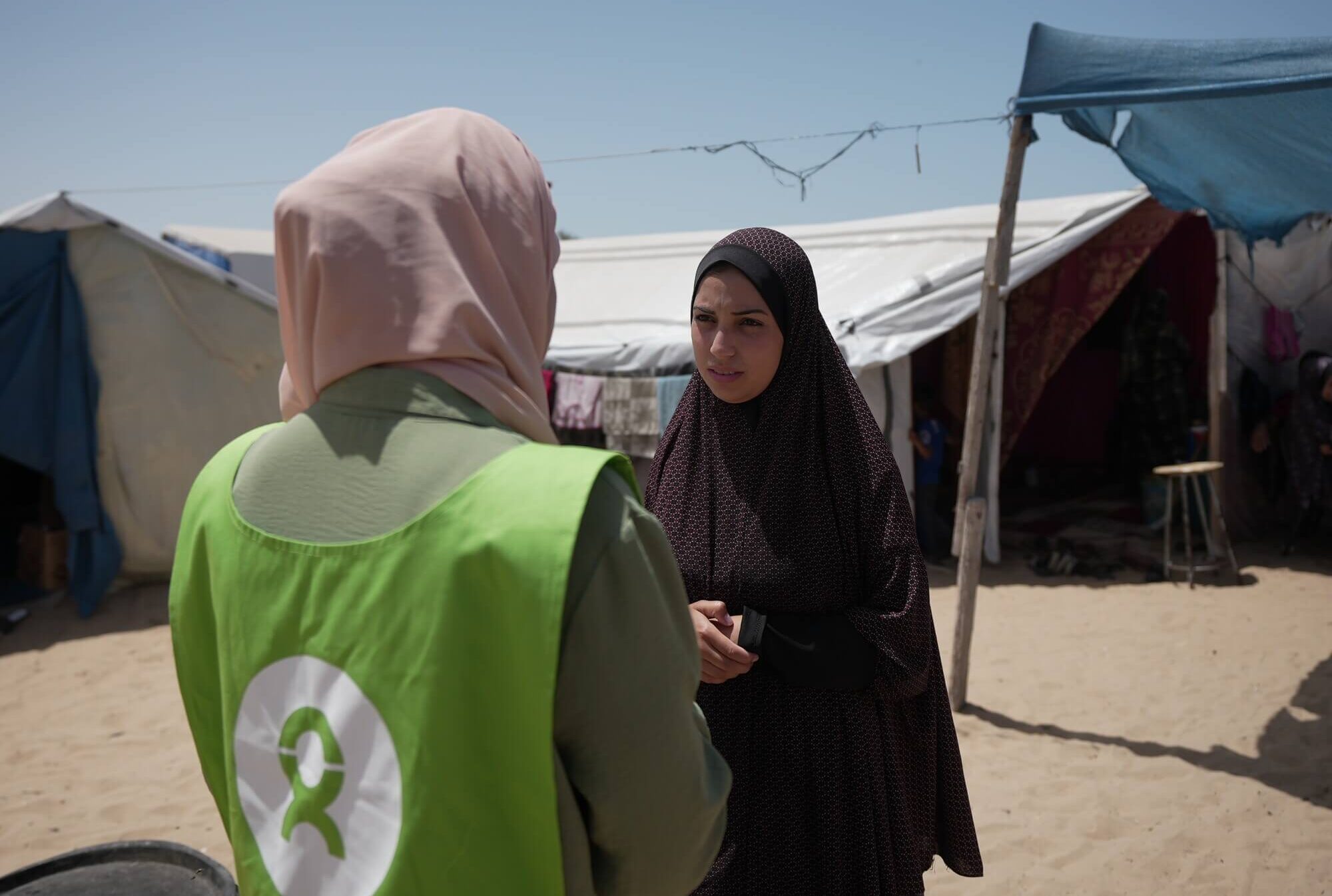As river levels begin to rise in Sukkur, the third largest city in Pakistan’s southern Sindh province, anxiety also begins to swell. A first-person account by Oxfam staffer Mubashar Hasan. (Originally published on 12 August 2010.)
As soon as I approached the city of Sukkur, I felt the tension in the air. I saw many folks were stopping their cars on Sukkur Barrage and anxiously looking down to the water flows of the Indus River to measure the increase of the water level. Security was beefed up around the riverbanks where the Pakistan Army, rangers and police personnel have closed many roads.
Sukkur barrage is headlining the media as next possible place to be hit by floodwater. If it happens, according to official predictions many parts of the Sindh Province will go under water. To understand the level of threat I went to Sukkur.
After entering the city, I was roaming in an old, dirty, deprived and congested suburb named Myani Road near Sukkur barrage by the riverside. Many shops in that place were closed down and some people in small groups were discussing about what to do in this worst time. Few of them were going near to the river to measure the water level.
Dr. Natwar Lal, who was among the group, told me with a tensed voice: “We are living in anxiety here as any moment water could submerge our shops and homes.”
I went further up and reached a place call Bandar Road by the riverside. Here I saw many people including young kids, women, men and elderly people coming up on the streets with their belongings. They said their villages had been submerged by water and they have nowhere to live apart from the city streets.
They are hungry, jobless and they newly became homeless. Dirty shanties on the street are now their new home.
The heat was unbearable for me, which is in between 48 degrees to 50 degrees. However, when I look into these people’s precarious conditions I thought to myself I was being a bit naive about the heat.
“I have been living in my house since 1973 with my family, now this river takes everything away from me,” said 69-year-old Amriya Begum, pointing to the surging water level of the Indus river with an angry but helpless look.
Around 3,000 people are now living like Amriya Begum in the shanties around the city, according to the people, where kids are roaming around dirt, mud and flies with little or no food to eat, no job for adults to earn money for buying food.
When I asked them to stand in a group for providing a photo opportunity, they started to shout “Help, help” while throwing their hands in the air. I have never seen such a sight in my life. I felt sad, very sad for them.
Oxfam is pushing the international community to gear up the level of help and assistance for those stranded in these floods. A mega disaster like this needs mega response.



